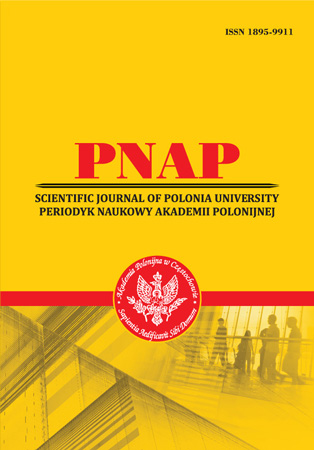HISTORICAL EVOLUTION OF IT TERMINOLOGY AND ITS FURTHER DEVELOPMENT
Abstract
The article examines the peculiarities of the evolution of the IT (Information Technology) language and its interaction with the environment, which is manifested by the constant appearance of new words and expressions that arise when describing technological phenomena. The study employs historical, linguistic, and cultural analyses to provide insights into the evolution of IT terminology. The historical evolution of IT terminology traces the dynamic progress of technology. Beginning with borrowed mathematical terms like "algorithm" from the work of Persian mathematician al-Khwārizmī, IT terminology has continually adapted to embrace new concepts. Charles Babbage's analytical engine introduced "punch cards" and "mechanical levers" as precursors to modern IT vocabulary. The ENIAC era expanded it to include "circuit," "transistor," and "byte." Software development contributed "bug," and the rise of personal computers brought "desktop" and "mouse." The internet era ushered in terms like "email" and "browser," while the mobile age introduced "apps" and "WiFi." The 21st century witnessed the emergence of "tweet," "neural networks," "deep learning," and "machine learning," reshaping technology and industries. Immersive technologies brought "virtual reality" and "augmented reality," while decentralized systems introduced "blockchain" and "cryptocurrency," revolutionizing finance. Standardization of IT terminology has become crucial for clear cross-border communication, led by organizations like the Internet Engineering Task Force (IETF). Looking forward, the IT lexicon will expand with terms related to quantum computing, biotechnology integration, and emerging technologies. In conclusion, IT terminology reflects adaptability in the digital age, ensuring precise communication in an ever-changing technological landscape.
References
2. Fundamentals of Assembly Language. URL: https://studylib.net/doc/18825505/fundamentals- of-assembly-language.
3. A Brief History of Computing. URL: https://link.springer.com/book/10.1007/978-1- 4471-2359-0.
4. Shapiro, F. R. (1987). Etymology of the Computer Bug: History and Folklore. American Speech. Durham: University Press.
5. Internet Engineering Task Force. URL: https://www.ietf.org/.
6. Institute of Electrical and Electronics Engineers. URL: https://www.ieee.org/.
7. World Wide Web Consortium. URL: https://www.w3.org/.
8. Open Source Initiative. URL: https://opensource.org/ https://www.w3.org/.
Abstract views: 320 PDF Downloads: 274







